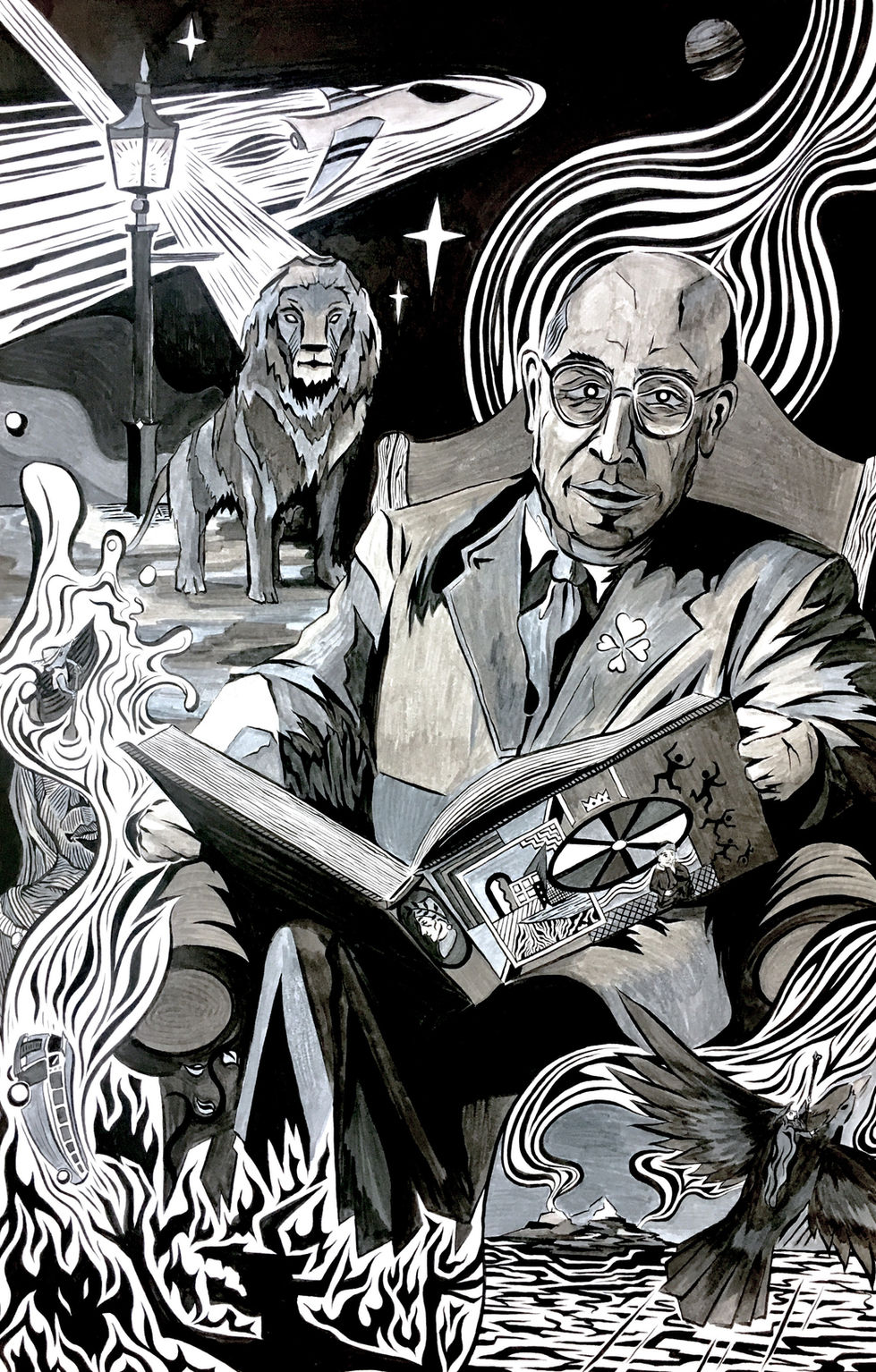Create Your First Project
Start adding your projects to your portfolio. Click on "Manage Projects" to get started
Communion of the Saints
Project Type
Original Drawings
The words that have best shaped my artistic practice were spoken to me by my professor in figure drawing, Jon Puls; he said the world must be responded to. These words stirred two things in me. The first thing was the desire to grow my eyes so as to see the world more generously. Clearly there was a glory to everything, and it haunted me that I could possibly be missing out on something. I wanted to see the world as an artist did—I wanted to see the world as a gift given graciously, and I wanted to become receptive to its gift. The second thing these words stirred in me was the desire to develop my craft. If the glory was indeed there and if I were ever to glimpse it, I would need to be ready to respond in a way that was right and just.
Over time, we artists are forced to narrow down on those two concepts: what is that we are responding to and what is our means of response. I want to share where I stand regarding those two questions today:
Some time during college, I found myself drawn to the extraordinary stories of those whom some call the saints. It was the biography of St. Francis by Bonaventure that first captured my imagination: it was an icon of words that painted pictures of a holiness I yearned for. My images try to tell the stories of people like St. Francis, but I also want to express the fullness of the great wrestling inside. How can you tell a saint apart from the rest of humanity? When you encounter a saint, you cannot help but be plagued by their story; it will be a constant interruption to your rhythm until you give heed to their call—you must change your life. The lives of the saints, these grace-touched lives that proclaim a grace-filled world, demand a response from you.
Theirs are stories we see ourselves in, even in their otherworldliness. In each their uniqueness, they are all the story of someone who wrestled with the choosing between life and death, spirit and self, good and evil. Their choosing, more than anything, defined their story. It is that moment of choosing that I try to show in my art.
Ink became my preferred way of responding to the lives of saints because in the saints’ lives, the stark contrast between good and evil is revealed. I love using my pen like a sword to cut lines between black and white, watching a startling image emerge. I began adding value, variations in warm and cool, as well as the added media of some paint and gold leaf.
I started by following the tradition of Byzantine iconography: simple portrait composition with associated symbols present in the painting, but more recently, I’ve begun leaning heavily on the compositions of the masters from western art: this led to development in my work away from portraiture and more towards scenes. This was more than just a move to show my love for art history and play with more innovative compositions. Most people versed in Western art history would name the 14th century painter Giotto di Bondone as the first of the Renaissance painters: he eschewed Byzantine austerity and painted his figures in a style of naturalistic realism, and it was written of his work that: “People’s eyes [were] deceived and they [mistook] the picture for the real thing.” This realism, this imitation of nature, this love of the embodied world, was a connection I had to draw upon. As strange as the saints’ lives may appear, the most fascinating thing about them is that they were real people. Like the Christ whom they loved and imitated, the saints were flesh and blood, living in time and space. They cannot be edited or erased from history: some were even photographed. This is the reality I cannot get away from, and it has pushed me into new questions that I ponder through my art.



































